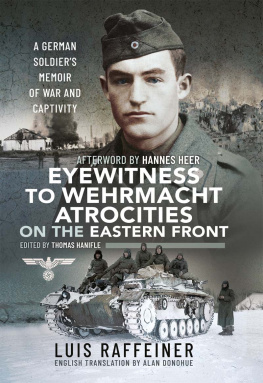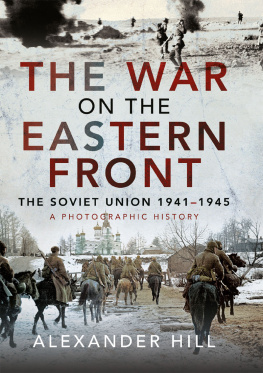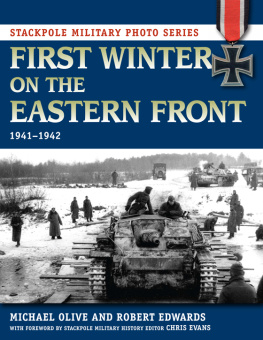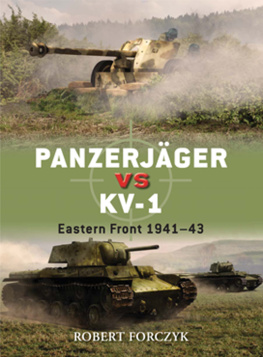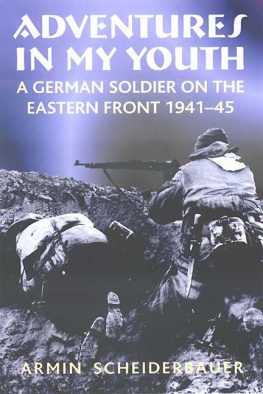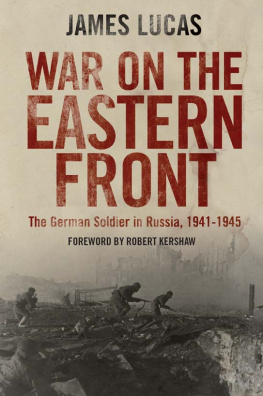David A. Harrisville - The Virtuous Wehrmacht: Crafting the Myth of the German Soldier on the Eastern Front, 1941-1944
Here you can read online David A. Harrisville - The Virtuous Wehrmacht: Crafting the Myth of the German Soldier on the Eastern Front, 1941-1944 full text of the book (entire story) in english for free. Download pdf and epub, get meaning, cover and reviews about this ebook. City: Ithaca, year: 2021, publisher: Cornell University Press, genre: History. Description of the work, (preface) as well as reviews are available. Best literature library LitArk.com created for fans of good reading and offers a wide selection of genres:
Romance novel
Science fiction
Adventure
Detective
Science
History
Home and family
Prose
Art
Politics
Computer
Non-fiction
Religion
Business
Children
Humor
Choose a favorite category and find really read worthwhile books. Enjoy immersion in the world of imagination, feel the emotions of the characters or learn something new for yourself, make an fascinating discovery.

- Book:The Virtuous Wehrmacht: Crafting the Myth of the German Soldier on the Eastern Front, 1941-1944
- Author:
- Publisher:Cornell University Press
- Genre:
- Year:2021
- City:Ithaca
- Rating:5 / 5
- Favourites:Add to favourites
- Your mark:
The Virtuous Wehrmacht: Crafting the Myth of the German Soldier on the Eastern Front, 1941-1944: summary, description and annotation
We offer to read an annotation, description, summary or preface (depends on what the author of the book "The Virtuous Wehrmacht: Crafting the Myth of the German Soldier on the Eastern Front, 1941-1944" wrote himself). If you haven't found the necessary information about the book — write in the comments, we will try to find it.
The Virtuous Wehrmachtexplores the myth of the German armed forces innocence during World War II by reconstructing the moral world of German soldiers on the Eastern Front. How did they avoid feelings of guilt about the many atrocities their side committed? David A. Harrisville compellingly demonstrates that this myth of innocence was created during the course of the war itselfand did not arise as a postwar whitewashing of events.
In 1941 three million Wehrmacht troops overran the border between German- and Soviet-occupied Poland, racing toward the USSR in the largest military operation in modern history. Over the next four years, they embarked on a campaign of wanton brutality, murdering countless civilians, systemically starving millions of Soviet prisoners of war, and actively participating in the genocide of Eastern European Jews. After the war, however, German servicemen insisted that they had fought honorably and that their institution had never involved itself in Nazi crimes.
Drawing on more than two thousand letters from German soldiers, contextualized by operational and home front documents, Harrisville shows that this myth was the culmination of long-running efforts by the army to preserve an illusion of respectability in the midst of a criminal operation. The primary authors of this fabrication were ordinary soldiers cultivating a decent self-image and developing moral arguments to explain their behavior by drawing on a constellation of values that long preceded Nazism.
The Virtuous Wehrmacht explains how the army encouraged troops to view themselves as honorable representatives of a civilized nation, not only racially but morally superior to others.
David A. Harrisville: author's other books
Who wrote The Virtuous Wehrmacht: Crafting the Myth of the German Soldier on the Eastern Front, 1941-1944? Find out the surname, the name of the author of the book and a list of all author's works by series.

